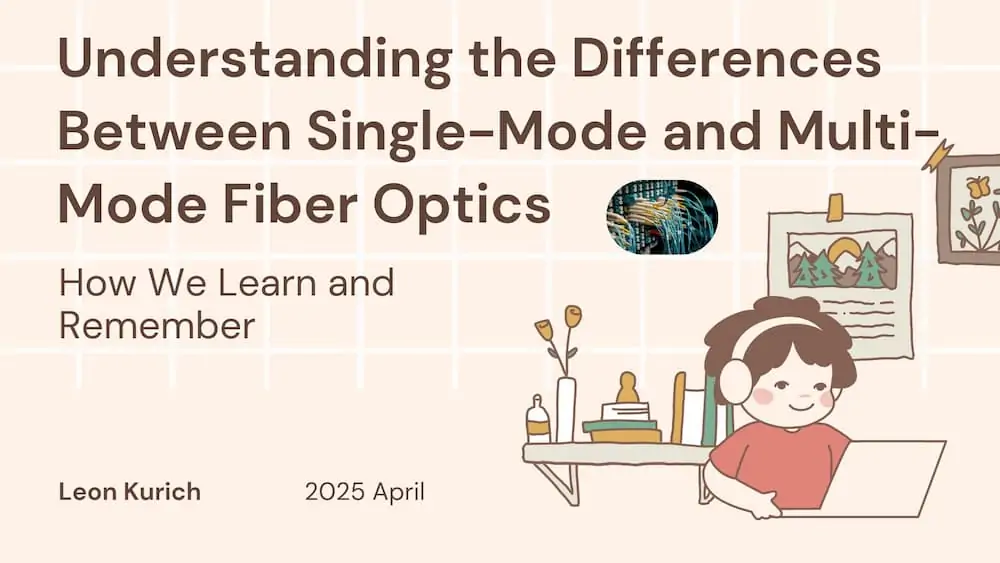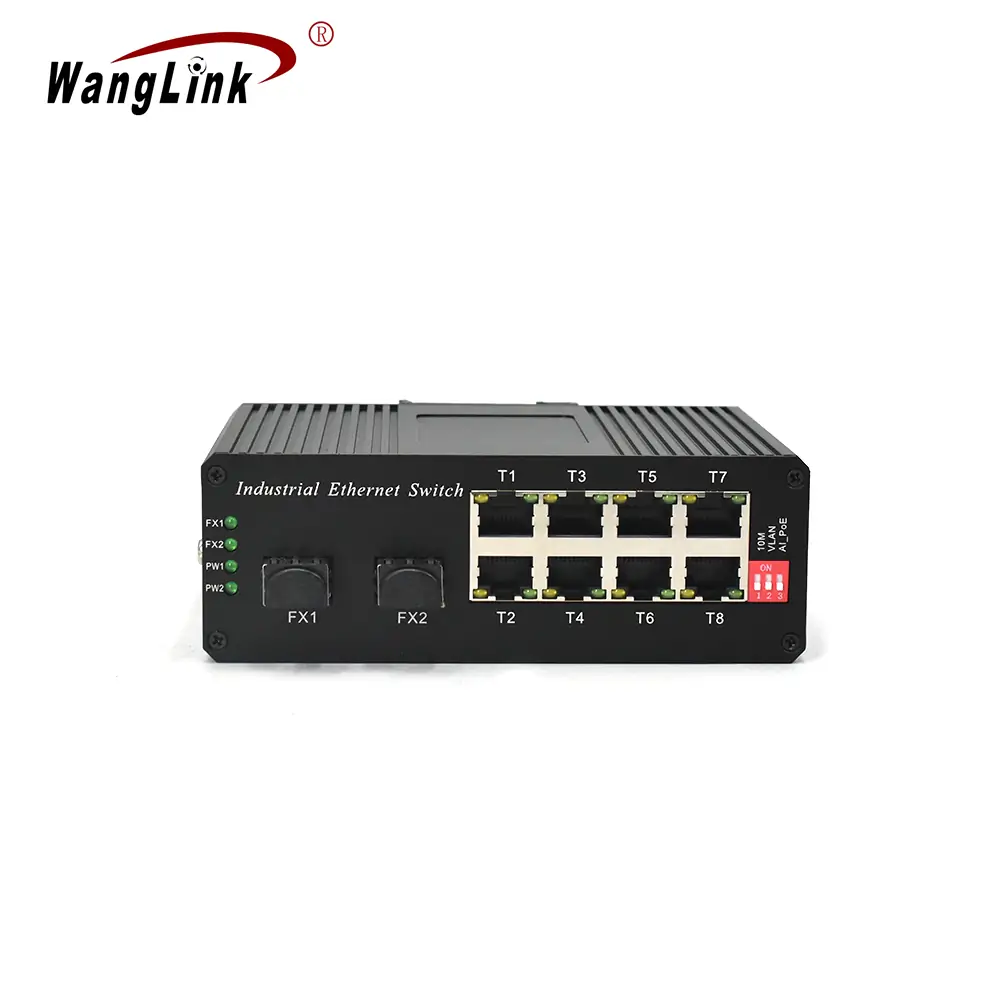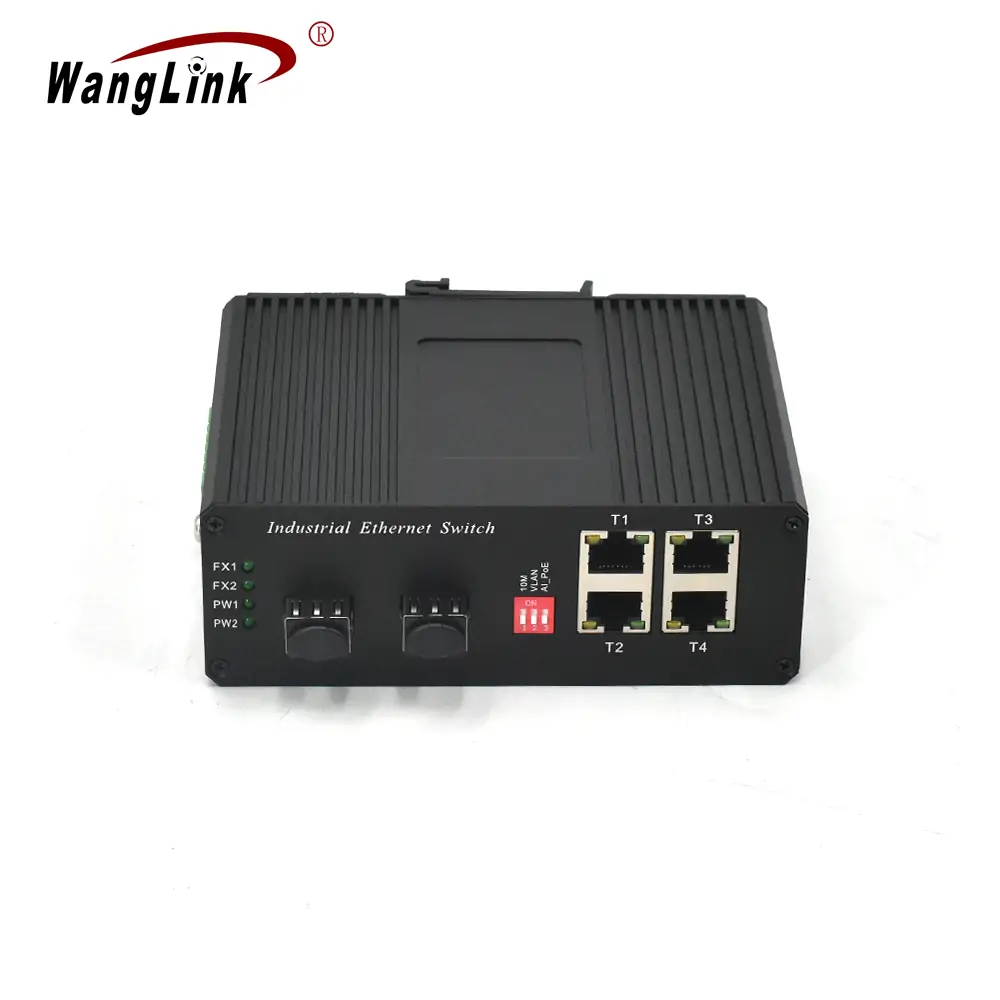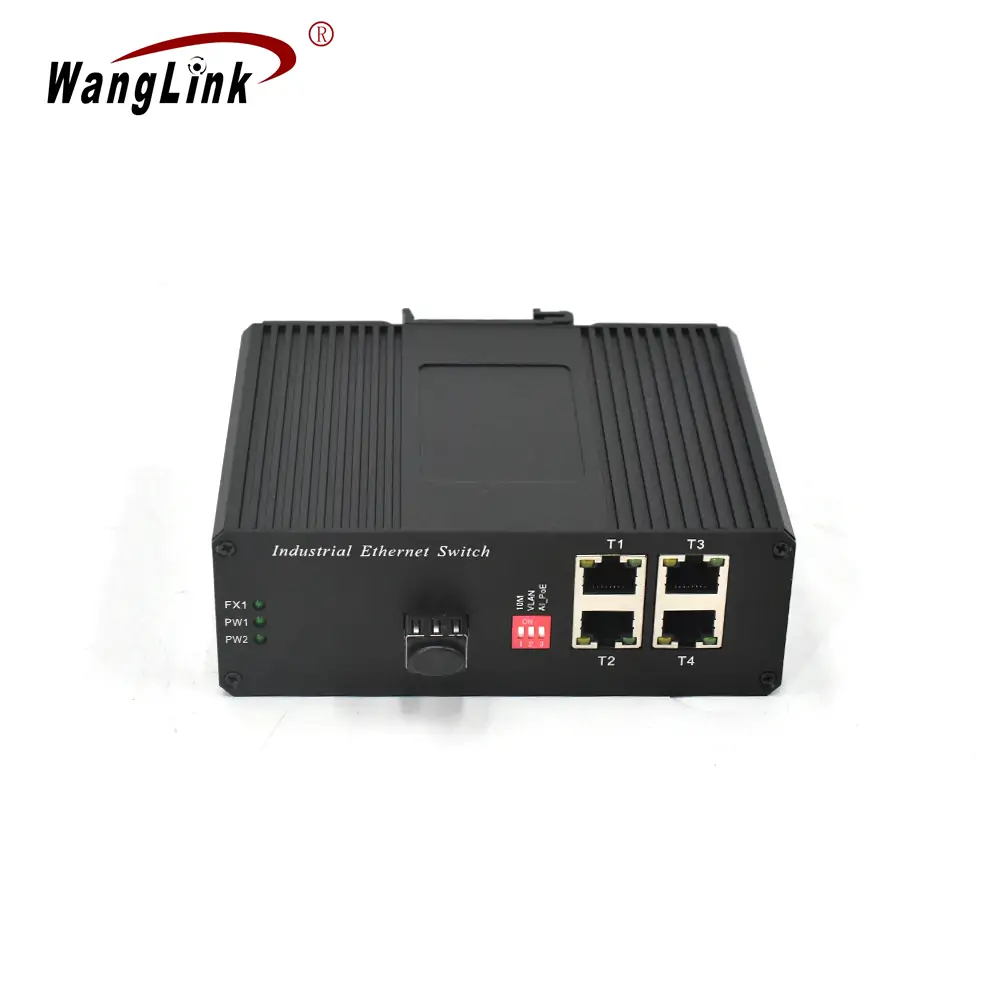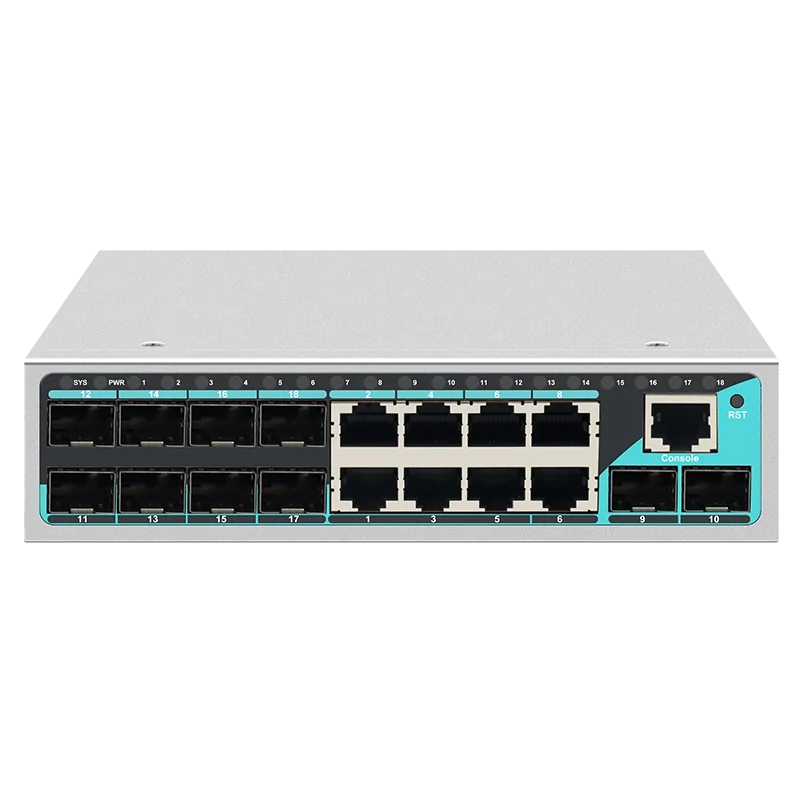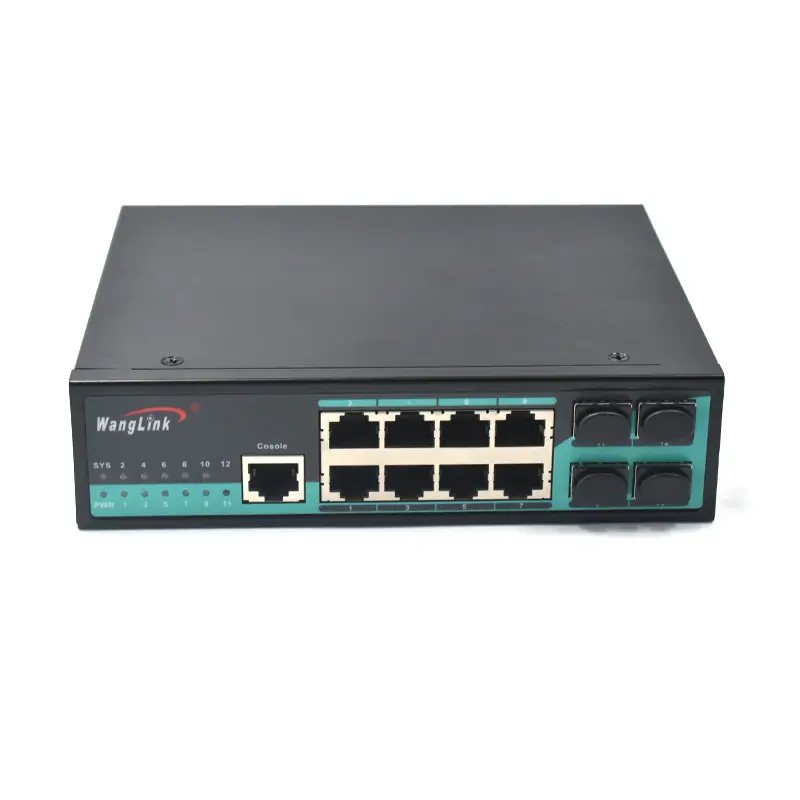Fiber optics can be categorized into two main types: single-mode fiber and multi-mode fiber. Although both are used for transmitting optical signals, they exhibit several significant differences. Let’s take a closer look at the distinctions between single-mode and multi-mode fibers.

1. Definition and Basic Principles
Single-Mode Fiber refers to fiber optics that allow only one mode of transmission. In this fiber type, optical signals propagate along a single pathway, minimizing dispersion or interference. A prominent feature of single-mode fiber is its wide bandwidth and high capacity, making it particularly suitable for long-distance transmission.

Multi-Mode Fiber allows multiple modes of transmission to coexist. Due to its varied transmission paths, multi-mode fiber has a relatively narrower bandwidth and is more suitable for short-distance, high-capacity data transmission.
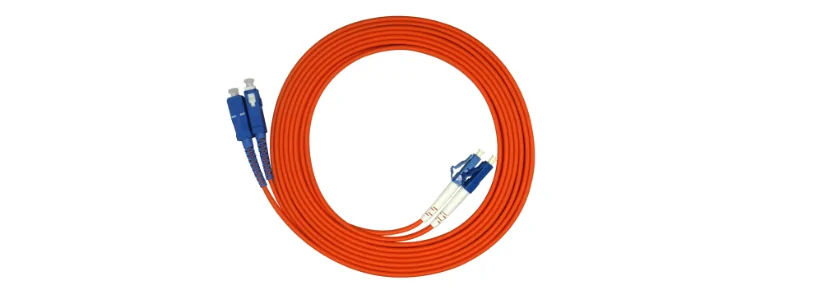
2. Main Differences
(1) Transmission Modes
Single-mode fiber supports only one transmission mode, with light propagating linearly along the axis. In contrast, multi-mode fiber supports multiple transmission modes, with different wavelengths and phases of light traveling along various paths. Some light beams travel along the core’s center axis, while others reflect off the core-cladding interface. This fundamental difference directly impacts their overall performance.
(2) Bandwidth and Transmission Distance
Single-mode fiber has a single transmission mode, resulting in an extremely wide bandwidth that can support data rates of up to 100 Gbps or more, enabling long-distance, low-loss optical signal transmission that can reach tens to hundreds of kilometers. For instance, single-mode fiber is commonly used in long-haul communication links connecting different cities.
Multi-mode fiber, due to its multiple transmission modes and higher dispersion, has a comparatively lower bandwidth. For example, OM3 multi-mode fiber supports a transmission distance of about 300 meters at a rate of 10 Gbps at a wavelength of 850 nm, while OM4 offers slightly better performance, although its overall bandwidth remains lower than that of single-mode fiber. The effective transmission distance for multi-mode fiber usually ranges from a few hundred meters up to 2 kilometers, making it ideal for short-distance communication within buildings or campus networks.
(3) Light Source and Detection
Single-mode fiber typically uses lasers with wavelengths of 1310 nm or 1550 nm as light sources. These wavelengths experience minimal loss in single-mode fiber, allowing for optimal long-distance transmission capabilities. Consequently, single-mode fiber requires more precise detectors to accurately capture the optical signals.
Multi-mode fiber usually employs light-emitting diodes (LEDs) at a wavelength of 850 nm as its light source. LEDs are more affordable and align well with the transmission characteristics of multi-mode fiber, making them suitable for short-distance, lower-speed communication needs. The detection requirements for multi-mode fiber are relatively straightforward, with less stringent precision needed compared to single-mode fiber.
(4) Structure and Performance
Single-mode fiber has a small core diameter, typically less than 10 μm, with a core diameter range of 8–10 μm and a cladding diameter of 125 μm. Its refractive index is uniformly distributed, leading to low attenuation and high signal integrity and stability during transmission.
In contrast, multi-mode fiber features a larger core diameter, usually ranging from tens to hundreds of micrometers, with common core diameters of 50 μm or 62.5 μm, while the cladding diameter is also 125 μm. Multi-mode fiber tends to have higher attenuation and is subject to more significant signal interference and degradation during transmission.
(5) Cost
The manufacturing process for single-mode fiber is more complex and requires advanced production equipment and techniques. Additionally, the optical components used in single-mode systems necessitate higher technical standards for precise signal processing, leading to higher costs for single-mode fiber and associated equipment.
Conversely, multi-mode fiber’s manufacturing process is simpler, and the technical requirements for multi-mode optical transceivers are less stringent, resulting in relatively lower costs. Therefore, multi-mode fiber is often more cost-effective for short-distance communication scenarios.
(6) Visual Identification
According to the TIA-598C standard, single-mode fiber typically features a yellow outer jacket, while multi-mode fiber has an orange or aqua jacket. However, some manufacturers may customize the color coding based on their product specifications, such as using purple to distinguish high-performance OM4 fibers from other types.
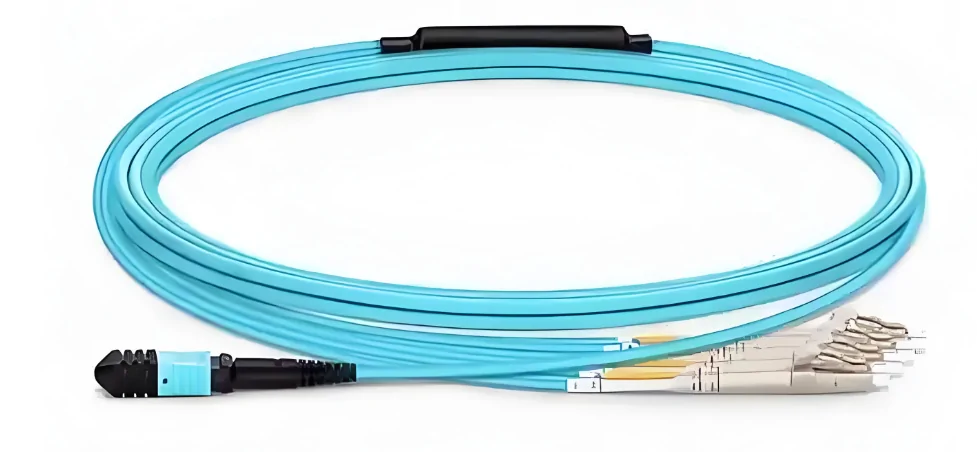
Conclusion
Single-mode and multi-mode fibers differ in terms of transmission modes, bandwidth, transmission distance, light sources and detection, structure and performance, as well as cost. When selecting the appropriate type of fiber, it is essential to consider specific communication needs and scenarios thoroughly.
